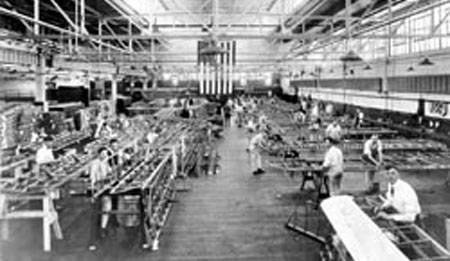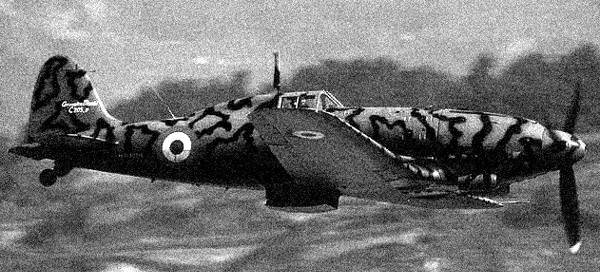The Royal Italian Air Force – The Regia Aeronautica – was considered one of the most advanced in the world. The Royal Italian Air Force (hereafter RIAF) won a stunning 96 international aviation awards during this period. Italy airplanes were renowned worldwide. In 1939, before Italy entered the war, it also had the third largest civilian commercial air system, just behind Germany and the UK respectively
The RIAF also had the most actual combat experience between the great wars of any European nation; only Japan would have had more combat flight hours by World War II. Italy airplanes flew over conflicts in Libya, Ethiopia and Spain. Italy contributed more aircraft to the Nationalist side of the Spanish Civil War than did Germany. In all three theatres, Italian losses totalled more than 1,500 aircraft. Another 925 planes were exported. Theses figures, among other factors led to Italy’s surprisingly poor showing when it entered the in June of 1940.
The RIAF was the most Fascist of the three military branches, and was known to be the favourite of dictator Benito Mussolini. Despite this favour and renown, the Italian air force could not stand up amongst its allies and competitors. The RIAF had enough planes: roughly 1,000 front-line aircraft and about 2,000 second and third-string planes. The problem was that only a small percentage of these planes were of the pedigree that won so many aviation awards. The rest of the air force was full of aging and obsolete aircraft.

Early on, the RIAF fought over France, commandeering some French planes after the country was taken. Mussolini wanted to have his air force fight in the Battle of Britain and some of the RIAF was moved to Belgium. The out-dated RIAF could not compete in this theatre and was withdrawn in short order. The RIAF moved on to the Mediterranean where it conducted airstrikes on places like Malta, Gibraltar and Palestine. British merchant and naval ships were also a target in this theatre although British ships underway proved a much harder quarry than the stationary shipyards of the Spanish Civil war.
The RIAF was effective in the Balkans and in the western desert, especially after developing newer craft with imported German engines. Overall though, the Italian air force was plagued by inefficiency of production. The Italians produced too many different kinds of aircraft in small numbers. The airframes they designed were too complex and long in creating so that each plane took nearly 50% longer to build than comparable German aircraft. Most craft used underpowered radial engines and Italian planes were typically under-armed by simple virtue of cost. Many aircraft did not have radios until 1942. Italian ground-attack planes were so poorly designed that General Amadeo Mecozzi simply scrapped the whole fleet an purchased 159 German Ju-87 Stuka dive-bombers to replace them.
At the time of the Armistice in September 1943, there were two Italian air forces: One for the Fascist north and another which used allied aircraft – for the Allied government in the south.
